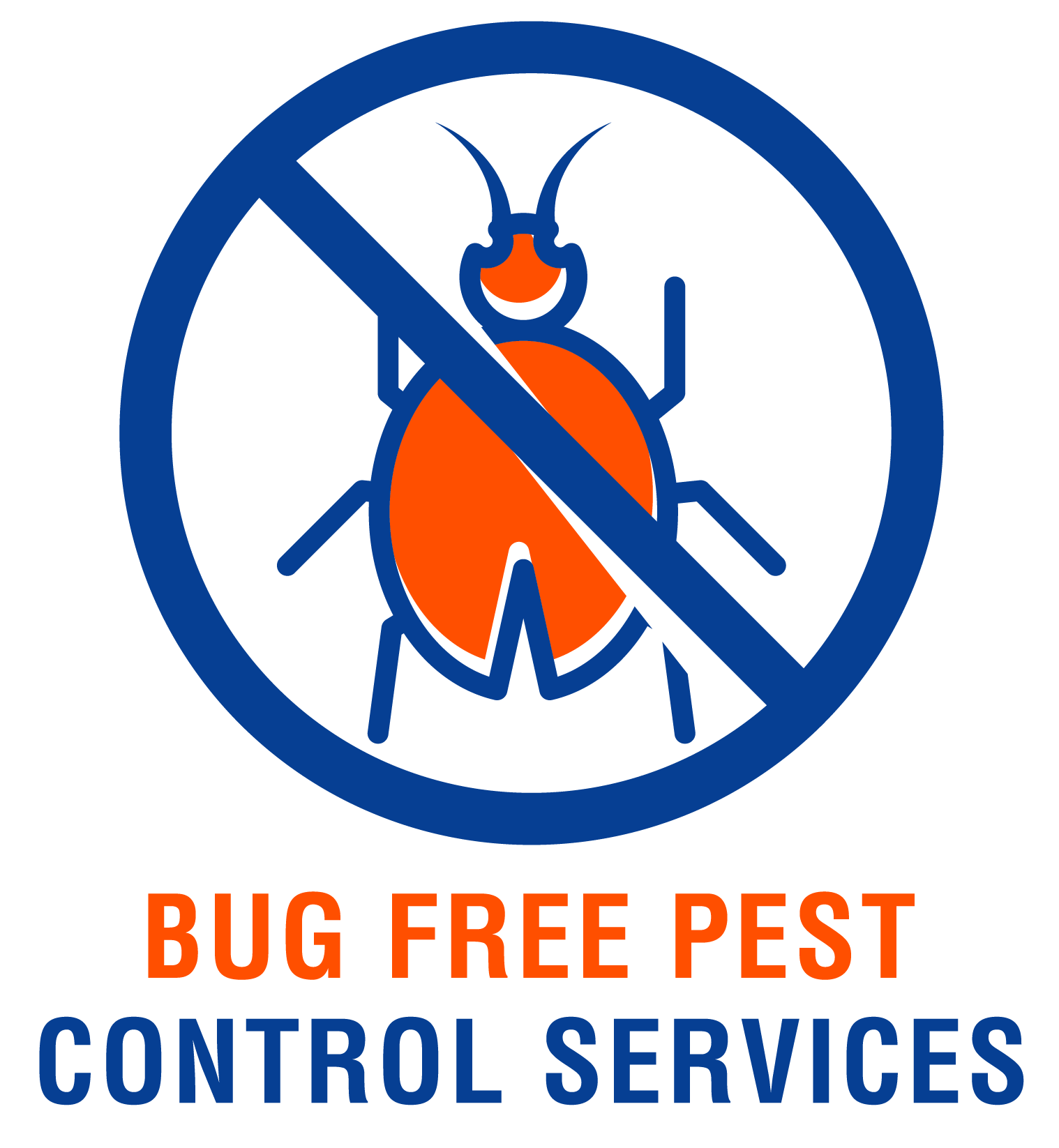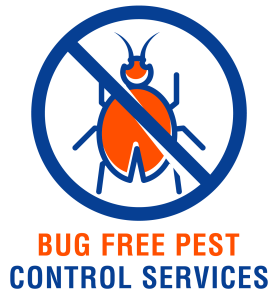In this article, you will discover safe and effective pest control methods that are specifically tailored to protect your precious pets and children. From natural repellents to pet-safe pesticides, you will find practical tips and solutions to keep your home free of pests without compromising the safety of your loved ones. Say goodbye to harmful chemicals and hello to a healthier, pest-free environment for your family. Learn how to deal with common household pests while keeping your furry friends and little ones safe and sound. Are you looking for safe and effective ways to control pests in your home while keeping your beloved pets and children safe? Finding the right balance between pest control and safety for your furry friends and little ones can be challenging, but with the right knowledge and tools, you can create a pest-free environment without compromising their well-being.
Understanding the Importance of Safe Pest Control Methods
When it comes to pest control, many products on the market contain chemicals that can be harmful to pets and children if ingested or inhaled. It’s crucial to prioritize their safety while dealing with common household pests such as ants, spiders, roaches, and rodents. By choosing safe pest control methods, you can protect your family from potentially harmful exposure to toxic substances and create a healthy living environment for everyone.
Why Traditional Pest Control Methods May Be Harmful
Traditional pest control methods often involve the use of harsh chemicals and toxic substances that can pose a threat to pets and children. Insecticides, rodenticides, and other chemical-based products can have serious health consequences if not used properly or if ingested accidentally. Pets and children are more vulnerable to the harmful effects of these chemicals due to their smaller size and different metabolism compared to adults.
The Risks of Chemical Exposure to Pets and Children
Exposure to chemical pesticides can lead to a range of health problems for pets and children, including skin irritation, respiratory issues, neurological disorders, and even poisoning. Pets may lick or ingest toxic substances from their fur or paws after coming into contact with treated surfaces, while children may accidentally ingest pesticides through hand-to-mouth contact or inhalation. Long-term exposure to chemical pesticides can have lasting effects on their health and well-being.
Implementing Safe Pest Control Methods in Your Home
Fortunately, there are many safe and effective pest control methods that you can use to protect your pets and children from harmful chemicals while keeping pests at bay. By taking a proactive approach to pest management and using non-toxic alternatives, you can create a pest-free environment that is safe for the entire family.
Natural Pest Control Remedies
One of the safest and most eco-friendly ways to control pests in your home is to use natural remedies and household ingredients that are non-toxic and safe for pets and children. Common natural pest control solutions include:
-
Vinegar: A mixture of water and vinegar can be used to repel ants, spiders, and other insects. Simply spray the solution in areas where pests are present to deter them from entering your home.
-
Essential Oils: Certain essential oils such as peppermint, lavender, and tea tree oil have natural insect-repelling properties. Dilute a few drops of oil in water and spray it around doorways, windows, and baseboards to keep pests away.
-
Diatomaceous Earth: This natural powder is made from fossilized algae and is effective at killing insects like fleas, ants, and cockroaches. Sprinkle diatomaceous earth in cracks, crevices, and other hiding spots to eliminate pests without using harmful chemicals.
Pet-Friendly Pest Control Products
When choosing pest control products for your home, look for pet-friendly options that are specifically formulated to be safe for animals. Many companies offer natural and organic pest control products that are free of harsh chemicals and safe for use around pets and children. Some pet-friendly pest control products include:
-
Pet-Safe Sprays: Non-toxic sprays that repel insects and rodents without posing a danger to pets. These sprays are typically made from plant-based ingredients and are safe to use in homes with pets and children.
-
Electronic Pest Repellers: Devices that emit high-frequency sound waves to deter pests like rodents and insects without using chemicals. These electronic repellers are safe for pets and humans while being effective at keeping pests away.
-
Organic Pest Control Baits: Natural baits that attract and eliminate pests like ants, roaches, and flies without posing a risk to pets. These baits are made from natural ingredients and are safe to use in homes with pets and children.
Pest Prevention Measures
Preventing pests from entering your home in the first place is key to avoiding the need for harsh chemical treatments. By practicing good hygiene and implementing pest prevention measures, you can reduce the likelihood of infestations and minimize the need for pest control products. Some effective pest prevention tips include:
-
Sealing Cracks and Gaps: Seal cracks, gaps, and holes in walls, floors, and windows to prevent pests from entering your home. Use caulk or weather stripping to seal potential entry points for insects and rodents.
-
Maintaining a Clean Environment: Keep your home clean and free of food crumbs, spills, and clutter that can attract pests. Regularly vacuum, sweep, and mop floors, and store food in airtight containers to prevent pests from scavenging for food.
-
Removing Standing Water: Eliminate sources of standing water inside and outside your home to prevent mosquitoes and other pests from breeding. Fix leaky pipes, empty pet water bowls daily, and remove stagnant water from gutters and containers.
Ensuring Safety When Using Pest Control Products
While natural and pet-friendly pest control methods are safer alternatives to chemical pesticides, it’s important to take precautions when using any pest control products in your home. By following these safety tips, you can protect your pets and children from potential exposure to harmful substances and minimize the risks associated with pest control treatments.
Read and Follow Product Labels
Before using any pest control product, carefully read the label instructions and follow the manufacturer’s recommendations for application and storage. Pay attention to safety warnings, usage guidelines, and first aid instructions in case of accidental exposure. Always use products as directed to ensure their effectiveness and safety.
Keep Pets and Children Away During Treatment
When applying pest control products in your home, keep pets and children away from treated areas until the products have dried or settled. Some products may emit fumes or residues that can be harmful if inhaled or ingested, so it’s best to restrict access to treated spaces until they are safe for reentry. Consider using pet gates or barriers to block off treated areas during application.
Store Products Safely and Securely
Store pest control products in a secure location that is out of reach of pets and children, such as a locked cabinet or high shelf. Keep products in their original containers with intact labels to prevent accidental exposure or misuse. Store products away from food, pet supplies, and household items to avoid contamination and accidental ingestion.
Dispose of Unused Products Properly
Properly dispose of any unused or expired pest control products according to local regulations and guidelines. Do not pour leftover products down the drain, throw them in the trash, or flush them down the toilet, as this can harm the environment and wildlife. Contact your local waste management facility for information on safe disposal methods for household chemicals.
Monitoring and Maintenance for Long-Term Pest Control
To ensure long-term success in pest control while keeping your pets and children safe, it’s important to monitor your home for signs of pests and implement preventive measures on an ongoing basis. By establishing a routine schedule for pest monitoring and maintenance, you can address pest issues promptly and prevent infestations from recurring.
Regular Inspections and Pest Monitoring
Inspect your home regularly for signs of pests such as droppings, gnaw marks, nests, and chewed wires. Check common hiding spots and entry points for pests, including basements, attics, crawlspaces, and outdoor areas. By identifying pest problems early, you can take action to address them before they become a major issue.
Integrated Pest Management (IPM) Strategies
Integrated Pest Management (IPM) is a holistic approach to pest control that emphasizes prevention, monitoring, and non-chemical interventions to manage pests effectively. By implementing IPM strategies in your home, you can reduce the need for chemical treatments and minimize the risks associated with traditional pest control methods. Some key components of IPM include:
- Exclusion: Sealing off entry points and preventing pests from entering your home through physical barriers.
- Sanitation: Keeping your home clean and eliminating food sources that attract pests.
- Mechanical Controls: Using traps, baits, and barriers to capture or deter pests without using chemicals.
- Biological Controls: Introducing natural predators or parasites to control pest populations in a safe and environmentally friendly manner.
Professional Pest Control Services
If you’re dealing with a severe pest infestation or are unable to control pests on your own, consider hiring a professional pest control service that specializes in pet and child-safe treatments. Pest control experts can assess your home, identify the source of the infestation, and recommend tailored solutions to address the problem safely and effectively. Be sure to communicate your concerns about pet and child safety to the pest control company to ensure that appropriate measures are taken.
Conclusion
By prioritizing the safety of your pets and children and using safe pest control methods in your home, you can create a healthy and pest-free environment for your family to enjoy. From natural remedies and pet-friendly products to pest prevention measures and professional services, there are many options available to keep pests at bay without putting your loved ones at risk. By following the tips and guidelines outlined in this article, you can achieve effective pest control while safeguarding the well-being of your furry friends and little ones.


